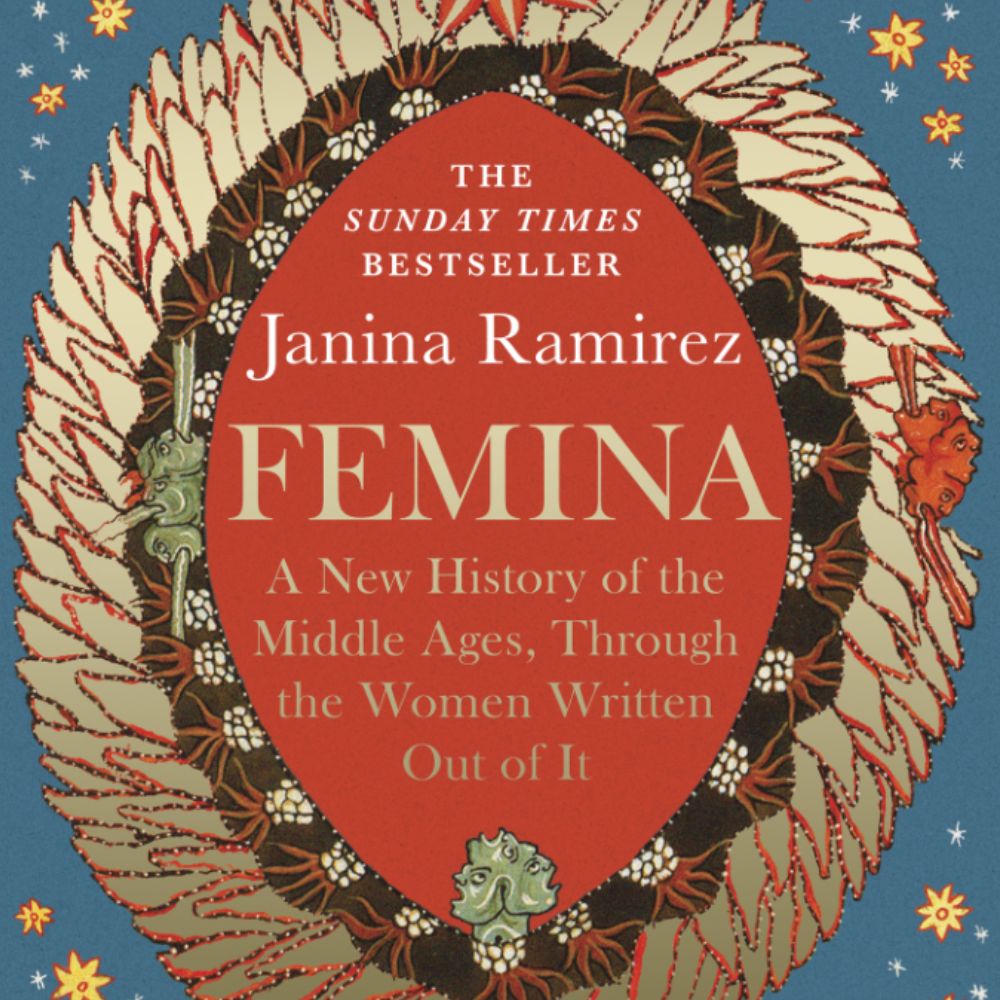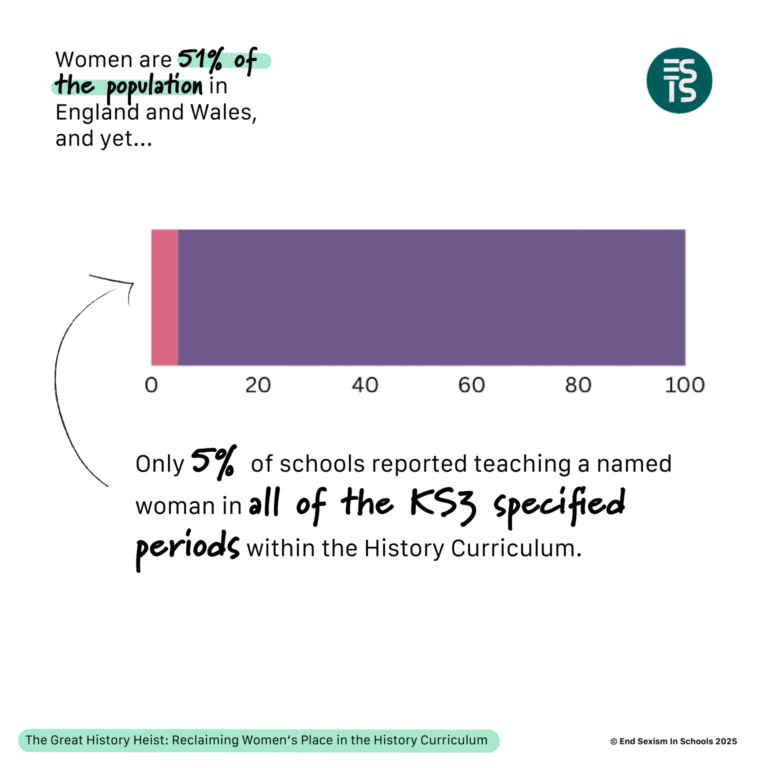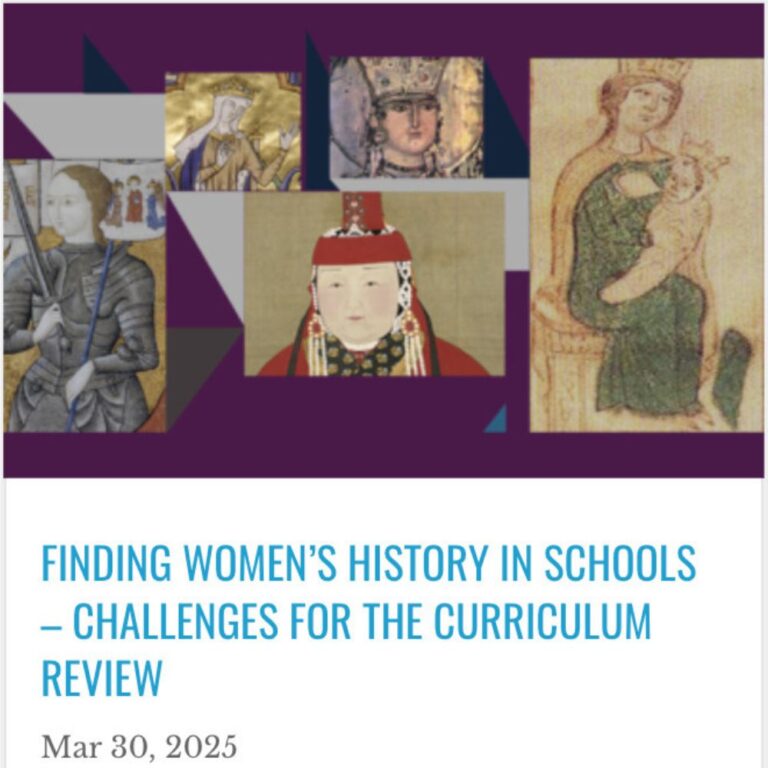Some reflections and a classroom resource from a history educator
Steve Illingworth, Lecturer in History Education at the University of Cumbria, has kindly put together a teaching resource for Teaching Medieval Women. He explains more about his own experiences of teaching women and how he put together his resource pack below.
Reflections on the project and the contribution of teacher training programmes
The Teaching Medieval Women project aims to provide a more inclusive and diverse History curriculum in our schools. These aims and ways to implement them have been explored frequently in the initial teacher training I have delivered for trainee History teachers on a variety of programmes in recent years. When we look at approaches for teaching certain historical topics that are often taught in secondary schools, I encourage the trainees to explore ways of making the content more inclusive and diverse in terms of race, social class, gender and other possible areas. Inclusivity and diversity are also developed when we examine ways to teach the skills and concepts of history, particularly when discussing interpretations and significance. Here we emphasise the need for pupils to understand the point that historical narratives are devised from multiple angles and that a wide variety of voices need to heard and valued. Trainee teachers are encouraged to adopt these approaches to inclusion and diversity, not because these aims are ‘politically correct’, but because they are what good History teaching is all about.
Trainee teachers are encouraged to adopt these approaches to inclusion and diversity, not because these aims are ‘politically correct’, but because they are what good History teaching is all about.
Steve Illingworth
It is positive to reflect that the current generation of trainee History teachers are largely enthusiastic about embracing opportunities to develop a more inclusive and diverse curriculum. They require little convincing that school History should contain more women, more people from humble backgrounds and more people from outside Europe in the stories we explore with young people in the classroom. Again, they can see clearly that this will enrich their teaching to the benefit of their pupils and is not simply about ticking the right boxes. The fact that trainee teachers beginning their PGCE course have already developed this positive mindset is to the credit of their lecturers on their undergraduate university courses. The trainees have done their History degrees at a wide range of institutions but all of them report examples of attempts by their lecturers to explore fresh angles and more diverse approaches to the historical topics being studied. My experience with trainee teachers suggests that the future is positive and that the drive for more inclusivity and diversity in the History curriculum is in good hands as we go forward.
The attempt to create a better gender balance in the school History curriculum is not necessarily a new development. As Head of History in a secondary school near Manchester over 20 years ago, I decided to include a unit for GCSE history students on ‘The Role and Status of Women since 1900’. This formed 30 per cent of the entire GCSE course. The topic was engaging for both boys and girls and History became the most popular GCSE option subject in the school for several years.
However, a project like Teaching Medieval Women goes further than this isolated and possibly rare example, by encouraging a more widespread and systematic approach to gender inclusivity in the school history curriculum. The project is especially helpful because of its focus on medieval times, where examples of women’s role in history are harder to find than they were for the course I taught about the twentieth century, by which time some advances in equality had allowed a few more women to enter mainstream historical narratives. I wanted to use my experience to produce a resource to support the Teaching Medieval Women project and hopefully to provide material that teachers, both trainees and more experienced practitioners, could use easily in their secondary classrooms.
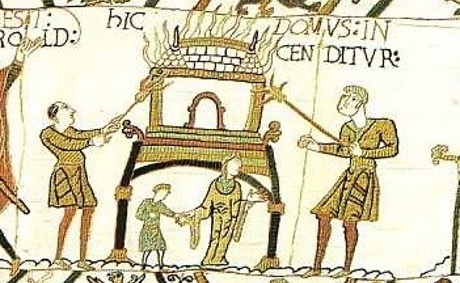
A resource for Key Stage 3 pupils – guiding them through an historian’s exploration of medieval women
Many professional historians are striving to include more studies of women in the university courses they teach and in the books they are publishing for other scholars and for the general public. It struck me that Key Stage 3 pupils could better appreciate the importance of a more inclusive History curriculum if they had an insight into what some academic historians are trying to do. By hearing the words of historians, as they aim to explain why their latest book includes more stories about women for example, pupils can understand more clearly what history is all about. They can learn that historians do not simply aim to retell familiar stories but that they are trying constantly to find fresh angles and perspectives.
With my History trainee teachers, I aim to emphasise the value of using academic historians in the classroom, as recommended strongly by many articles in the Teaching History journal in recent years and by speakers at conferences for history teachers. For many trainees and indeed for some experienced teachers, this can be a daunting and challenging prospect. As well as being potentially time-consuming in terms of teacher preparation, there are understandable concerns about whether younger secondary school pupils will find academic writing too difficult.
My resource here aims to address these concerns, by selecting and providing some appropriate materials so that teachers’ time spent researching is reduced and by devising a series of multiple-choice questions to try to make the ideas of an academic historian more accessible to Key Stage 3 pupils. Some teachers may have reservations about multiple-choice questions, but they can modify these and perhaps add some more open-ended questions if they wish.
The chosen academic historian for my resource is Janina Ramirez and specifically her book called Femina. Ramirez is a lecturer at Oxford University but also has a public profile that encourages her to write in a way that the general reader can understand. The main focus of my resource is the opening section of her book, where she explains why she wants to include more women in her medieval story and why she thinks that this is important. The questions in the teaching resource aim to break down her ideas into points that pupils can understand and so gain insights into the whole purpose of the subject of history.
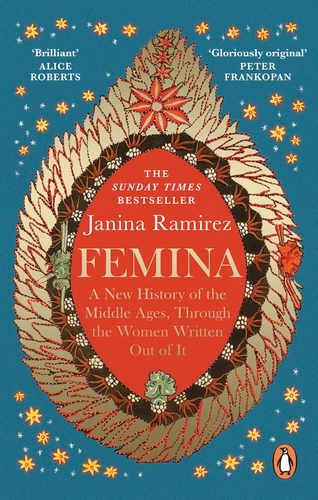
As well as these activities on the nature of history in general, there is also a specific example in the resource with a topic focus on the Bayeux Tapestry and what this tells us about the impact of the Norman Conquest on the ordinary people of England, particularly women.
As well as the learning resource for pupils, a guide for teachers is provided which explores some of the thinking behind these materials in more depth. Hopefully teachers and their pupils can make some use of this resource, helping to make their History curriculum more inclusive but also providing useful insights into the core nature of the subject of history.
Steve Illingworth – Lecturer in History Education at the University of Cumbria
About the author

Steve Illingworth has worked as a secondary school history teacher, educational consultant and university lecturer in history education in the north of England. Currently he works part-time for the University of Cumbria. He has had three articles published in the Teaching History journal and has led conference workshops on many different aspects of history teaching.
